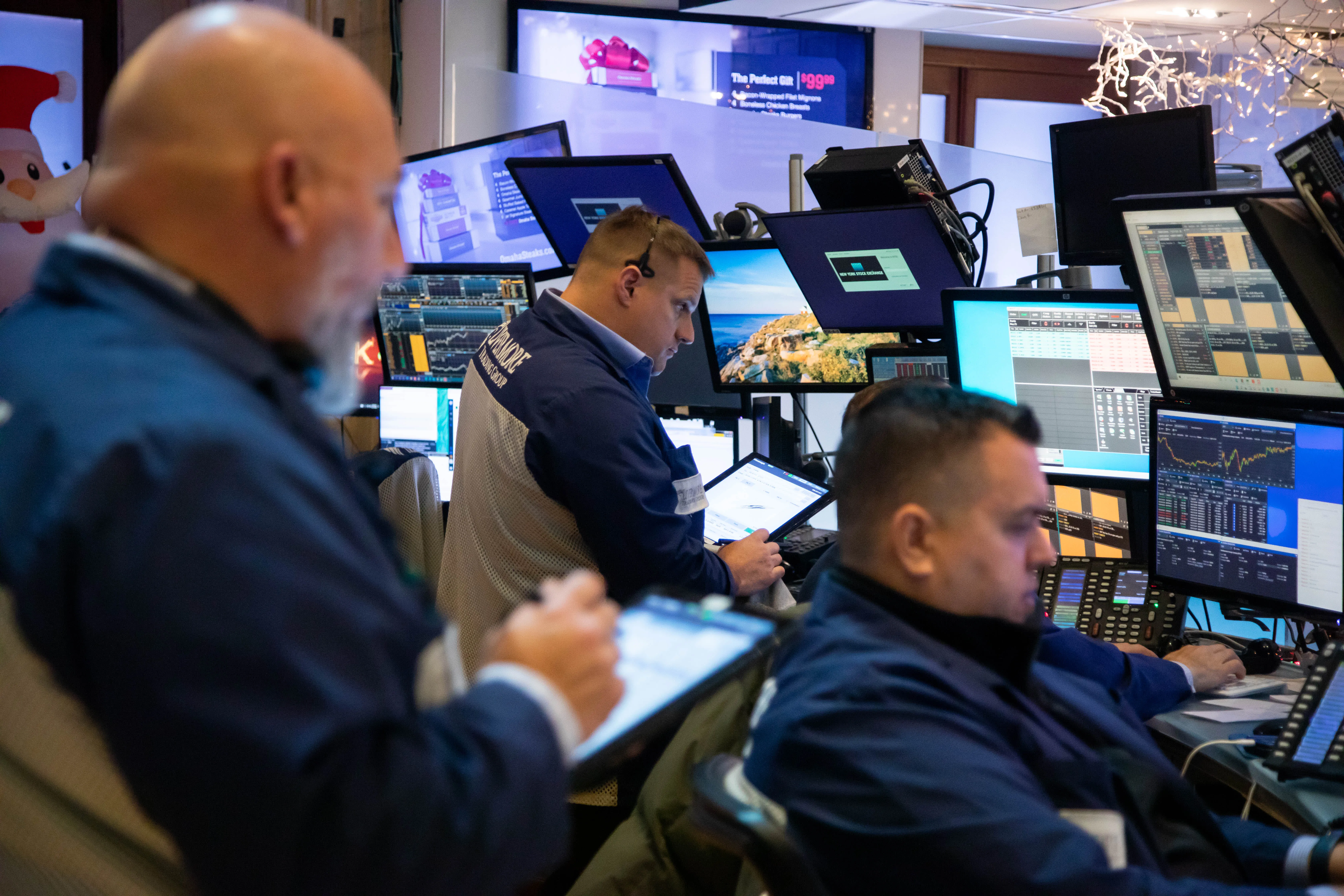IPO Market Awakens as Prolonged US Shutdown Standoff Pushes Firms to Act
Despite the ongoing government shutdown, several companies planning to go public in the US are pressing ahead with unconventional initial public offering (IPO) strategies, surprising many on Wall Street.
Travel software provider Navan Inc. and electric aircraft developer Beta Technologies Inc. are among the most notable names aiming to debut before the Thanksgiving holiday. Their contrasting approaches highlight why the Securities and Exchange Commission’s temporary workaround a 20-day marketing period is quickly gaining traction. Late Friday, three more firms adopted similar plans, bringing the total number using this approach to seven.
According to bankers and investors, taking a company public amid a regulatory freeze requires creativity and a willingness to tread new ground. With Washington gridlocked and the shutdown entering its third week, the stock market hovering near record highs, and investor appetite still strong, more IPO hopefuls are likely to test whether Navan’s and Beta’s frameworks can pave the way for them as well.
“IPO activity during the shutdown has been stronger than expected,” said Gregor Feige, co-head of Americas equity capital markets at UBS Group AG. “The companies moving forward have likely done extensive testing-the-waters meetings, while others are simply tired of waiting and ready to move ahead sooner rather than later.”
Navan’s journey toward a public listing has been a long one. The company nearly filed confidentially for an IPO more than three years ago, according to Bloomberg. Now, it’s proceeding with a narrow price range between $24 and $26 per share, and plans to start formally pitching investors this week. The deal could raise as much as $960 million, with proceeds from both the company and some shareholders expected to help pay down outstanding debt.
Beta Technologies, by contrast, represents a bold bet on emerging technology. The electric aircraft maker posted less than $20 million in revenue during the first half of this year, while its net losses widened to $183 million from $137 million a year earlier, filings show. The company’s IPO price range of $27 to $33 is broader than Navan’s, reflecting greater uncertainty.
Even so, investor confidence could be bolstered by the backing of five cornerstone investors who have agreed to buy up to $300 million of the stock, which would total $825 million if priced at the top end.
If both deals price at the high end of their ranges, they would collectively raise $2.9 billion, providing a significant boost to an already healthy year for public listings. As of Oct. 17, US IPOs have raised $34.7 billion, excluding blank-check firms, according to Bloomberg data already surpassing the total amount raised in 2024.
Other companies waiting in the wings include Andersen Group Inc., a tax and advisory firm led by former partners of the defunct accounting giant Arthur Andersen, and BitGo Holdings Inc., a digital asset custodian. For these firms, the decision to push forward now or wait hinges on whether it’s worth completing an IPO before Thanksgiving or delaying until 2026 if the shutdown persists.
“If the shutdown ends and there’s still some time before the holidays, a few might try to push through,” said Shari Mager, partner at KPMG’s deal advisory practice. “But realistically, most will probably end up waiting until early 2026. The window between Thanksgiving and Christmas is just too tight.”
That tight timeline means dealmakers could face a flurry of IPOs toward the end of October and early November as these 20-day marketing periods expire. Several companies that would have otherwise spaced out their launches throughout the month may now debut almost simultaneously, creating a crowded schedule for investors and underwriters alike.
“The fact that it’s still a relatively favorable market environment is driving some urgency,” said Hillary Holmes, co-chair of Gibson, Dunn & Crutcher’s capital markets practice. “When you have an acceptable market, many are willing to accept a bit more risk or even a slightly lower valuation to get the deal done now. Waiting too long introduces uncertainty, and that can create far bigger challenges down the road.”
In essence, this new wave of creative IPO planning underscores the adaptability of both companies and their bankers in navigating regulatory and political headwinds. With capital markets still receptive and investor sentiment resilient, the decision to act now rather than later could determine which firms start trading in 2025 and which will have to wait for Washington to reopen.

Subscribe to our newsletter!
As a leading independent research provider, TradeAlgo keeps you connected from anywhere.








